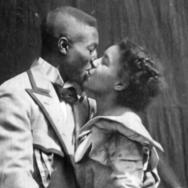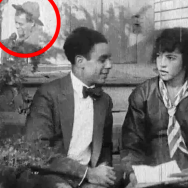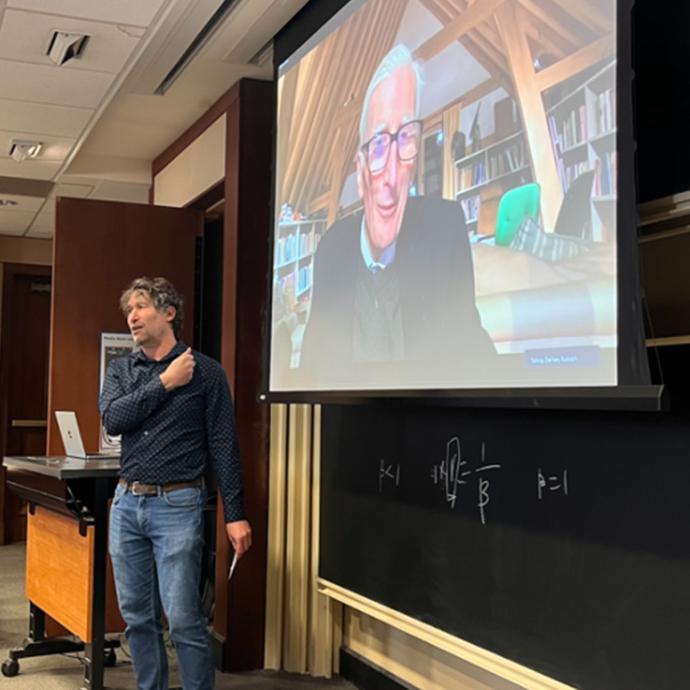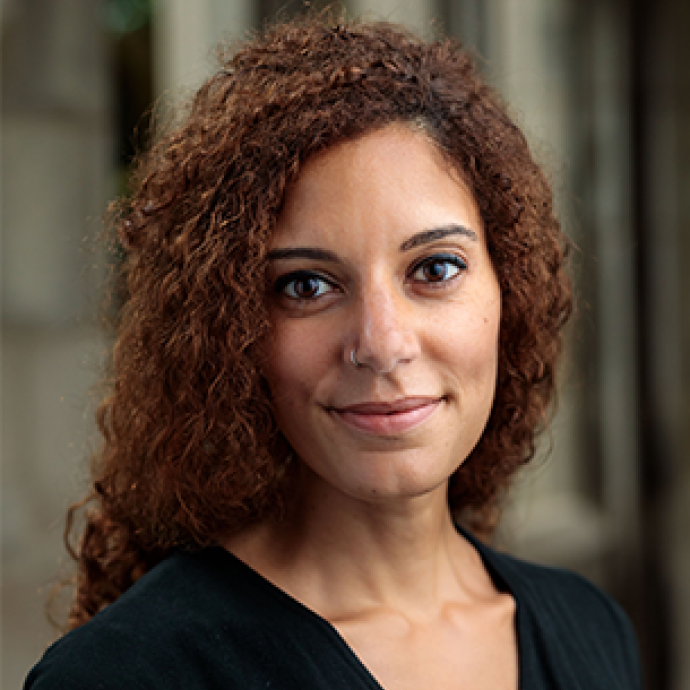For their work, the National Endowment for the Humanities selected Field and Rings as the first Public Scholar recipients at UChicago’s Division of the Humanities to each receive $60,000 grants and Zeitlin and collaborators at the University of Wisconsin, Madison, to obtain a Scholarly Editions and Translations award of $298,954.
“These three humanities scholars are undertaking work that reverberates outside of academic circles and will enrich broader audiences,” said Deborah L. Nelson, dean of the Division of the Humanities and the Helen B. and Frank L. Sulzberger Professor of English Language and Literature and the College at UChicago. “Their scholarship richly deserves this strong acknowledgement from the National Endowment for the Humanities.”
Celebration of Black love
Field’s identification of the short film “Something Good—Negro Kiss” in late 2018 forms the center of her book project, “Black Love on Screen.” The 29-second silent film from 1898 captured the public imagination and went viral on social media channels, igniting passionate responses from director Barry Jenkins, actress Viola Davis and many other Hollywood and Black luminaries.
“Very few films survive from early cinema (the period before 1915). By most estimates 90 percent are believed lost, and the percentage is even higher for films made by Black producers,” said Field, associate professor in the Department of Cinema and Media Studies and the College at UChicago. “History has been written on an absence of a visual past for a body of work that is so vital for shaping the perceptions of race and struggle in our society.”
She is mining the archives to find what has been hidden in plain sight for her book scheduled to be published by the University of California Press and revising the view of early American cinema and the representation of Blackness in popular culture. Her goal is to make the book resonate for artists, filmmakers and the intellectually curious public and to inspire new generations of artists and laypeople.
“Field has found a way to combine basic research—the foundation of humanistic scholarship—with conceptual innovation and public engagement,” said Richard Neer, the William B. Ogden Distinguished Service Professor in the Departments of Art History, Cinema and Media Studies and the College and Director of the Franke Institute at UChicago. “Combine that with her tireless energy, and you get a truly dynamic and pathbreaking scholar who richly deserves this grant—and will use it to produce something magnificent.”
Field views her scholarship on Black love in cinema as rectifying historical erasures and accounting for the afterlives of archival rediscovery. Her first book, “Uplift Cinema” (2015), honed her research skills and showed her how to navigate absences in the historical records. She knows how to find answers to questions that are elusive in the archives.
As the earliest known instance of Black affection on film, “Something Good—Negro Kiss” defies racist images of Blackness, vaudevillian blackface and gags on skin color. Film scholars did not think such films existed.
Exploring the music of Bob Dylan
Some years ago, Rings realized that Bob Dylan’s lyrics had been written about extensively, while his music had been relatively neglected. He wanted to explore Dylan as a musician and the idiosyncratic sounds he makes and analyze the changes to his music throughout his long, storied career.
“Bob Dylan’s musical imperfections intrigue me,” said Rings, associate professor in the Department of Music at UChicago. “It’s easy to tally his sins against ‘good musicianship.’ His voice is famously polarizing. His guitar, piano, and harmonica playing are unkempt. Yet he is one of the most recorded musicians in history, and millions of fans hang on every flubbed note and dropped beat. What gives these wayward sounds such efficacy?”
While Rings did not begin as a Dylan fanatic, he admits to becoming one over the course of his research, intrigued with Dylan’s ever-changing music and his encyclopedic knowledge of styles and genres. Rings wants his forthcoming book “Sounding Bob Dylan: Music in the Imperfect Tense” and its accompanying website, with recordings of Dylan’s music, many of them bootlegs, to provide a more complete portrait of the artist.












 —Prof. Chuan He
—Prof. Chuan He
